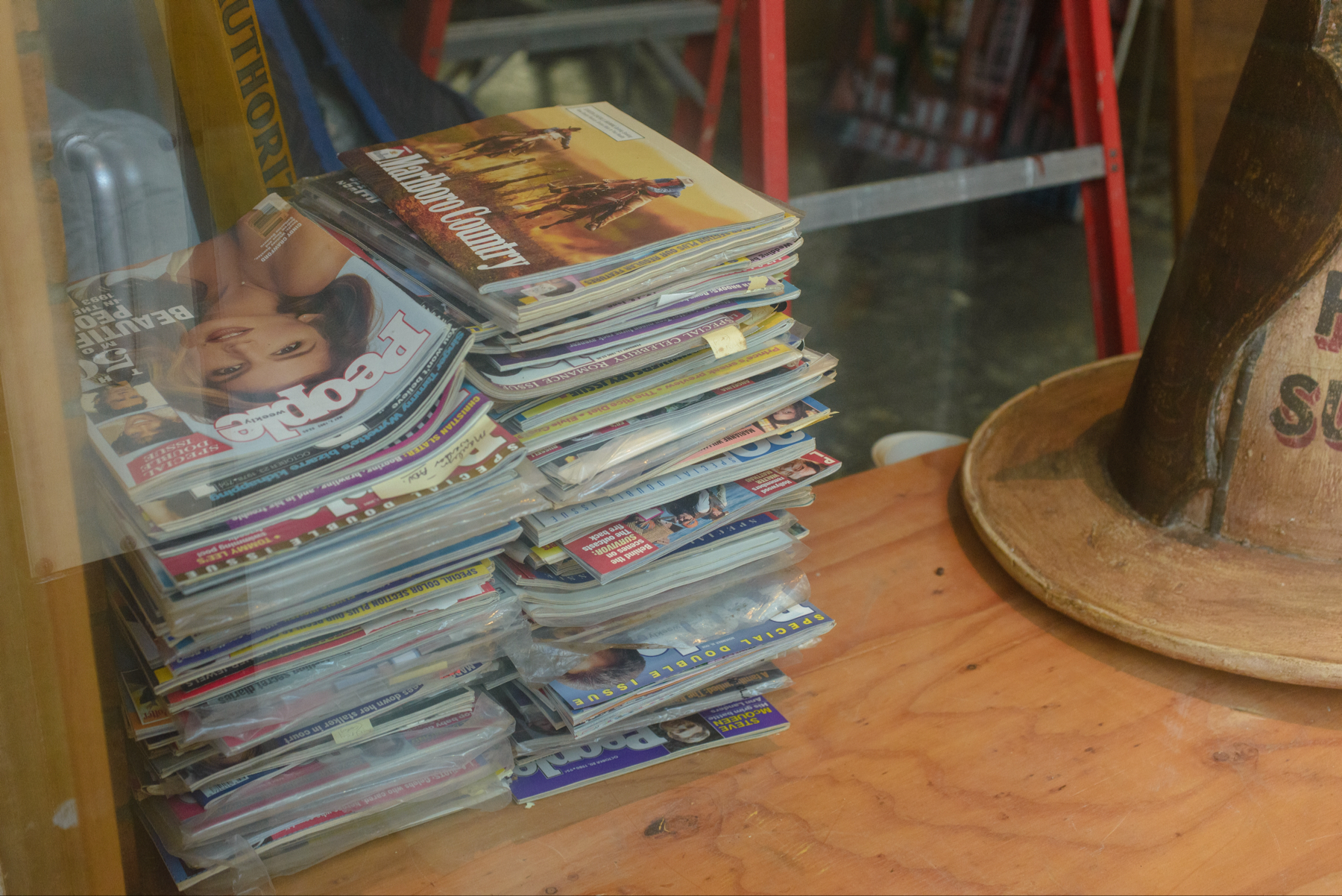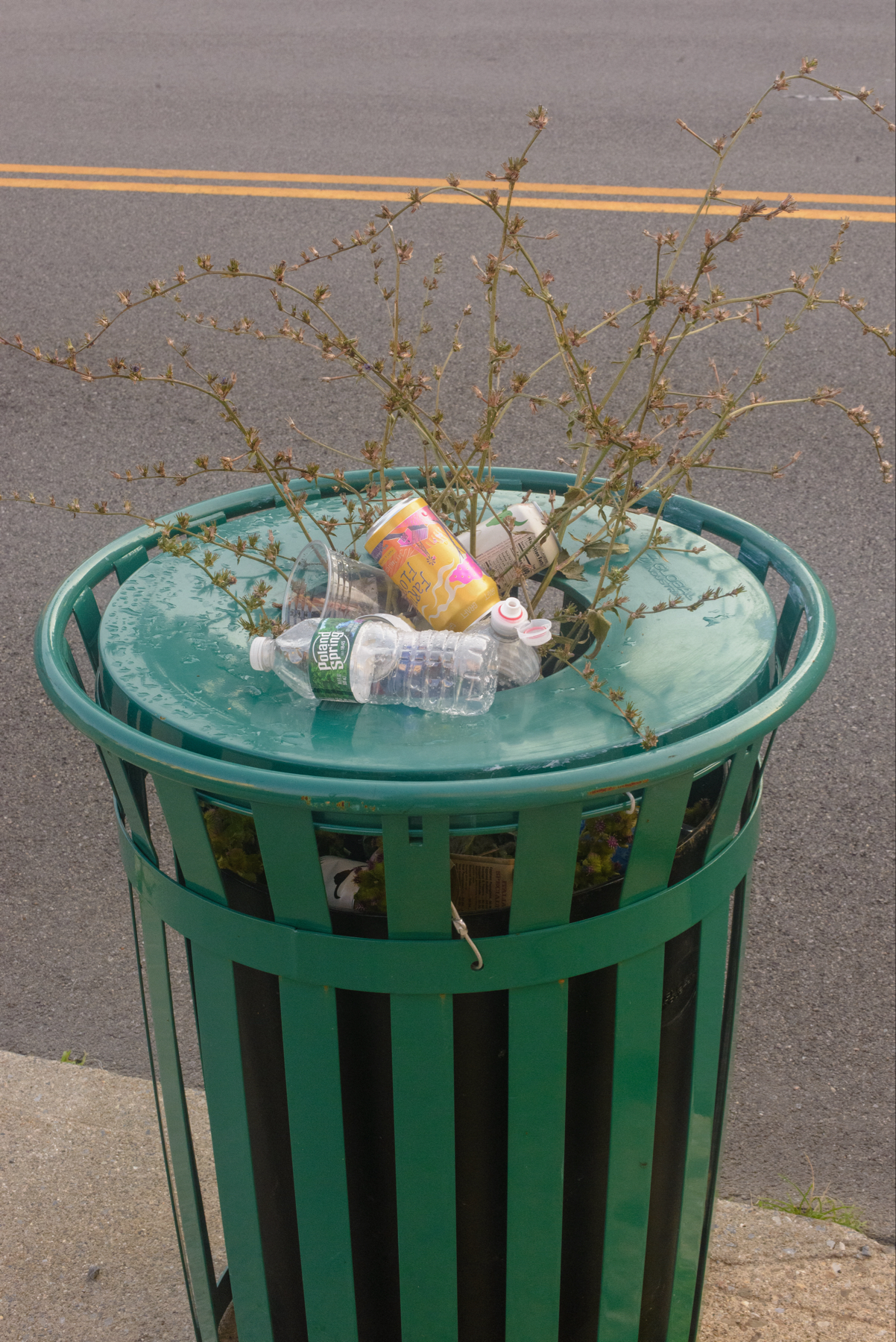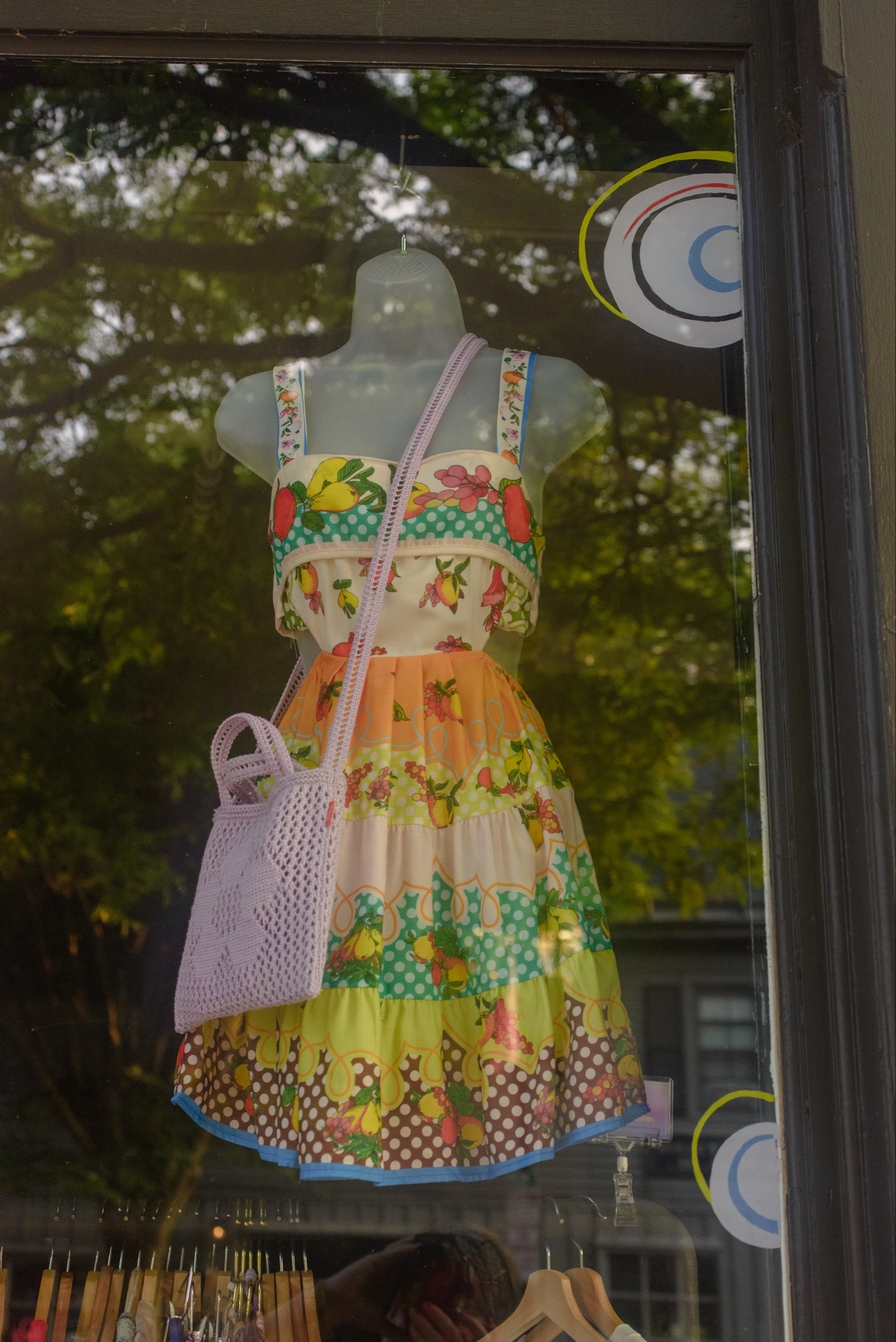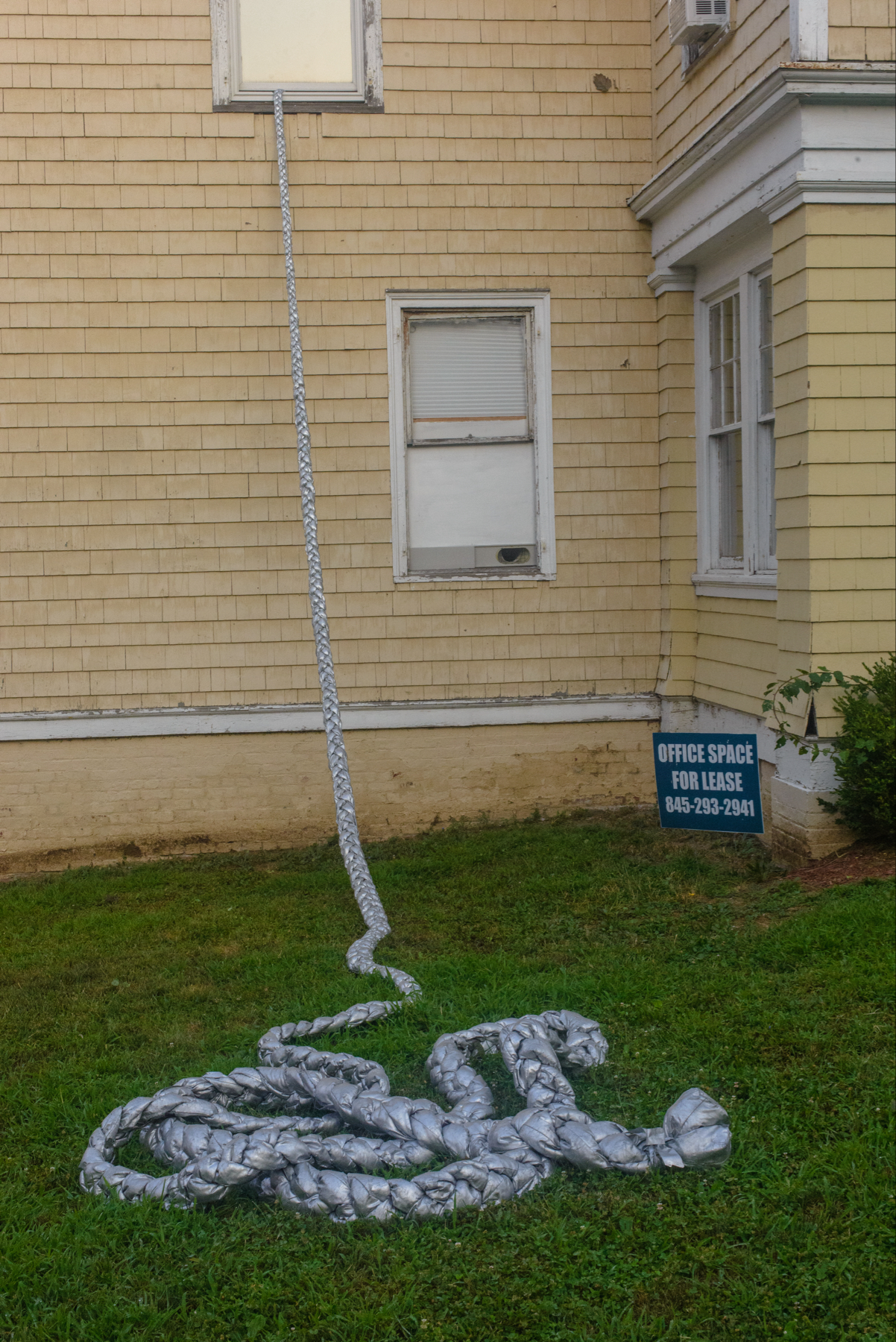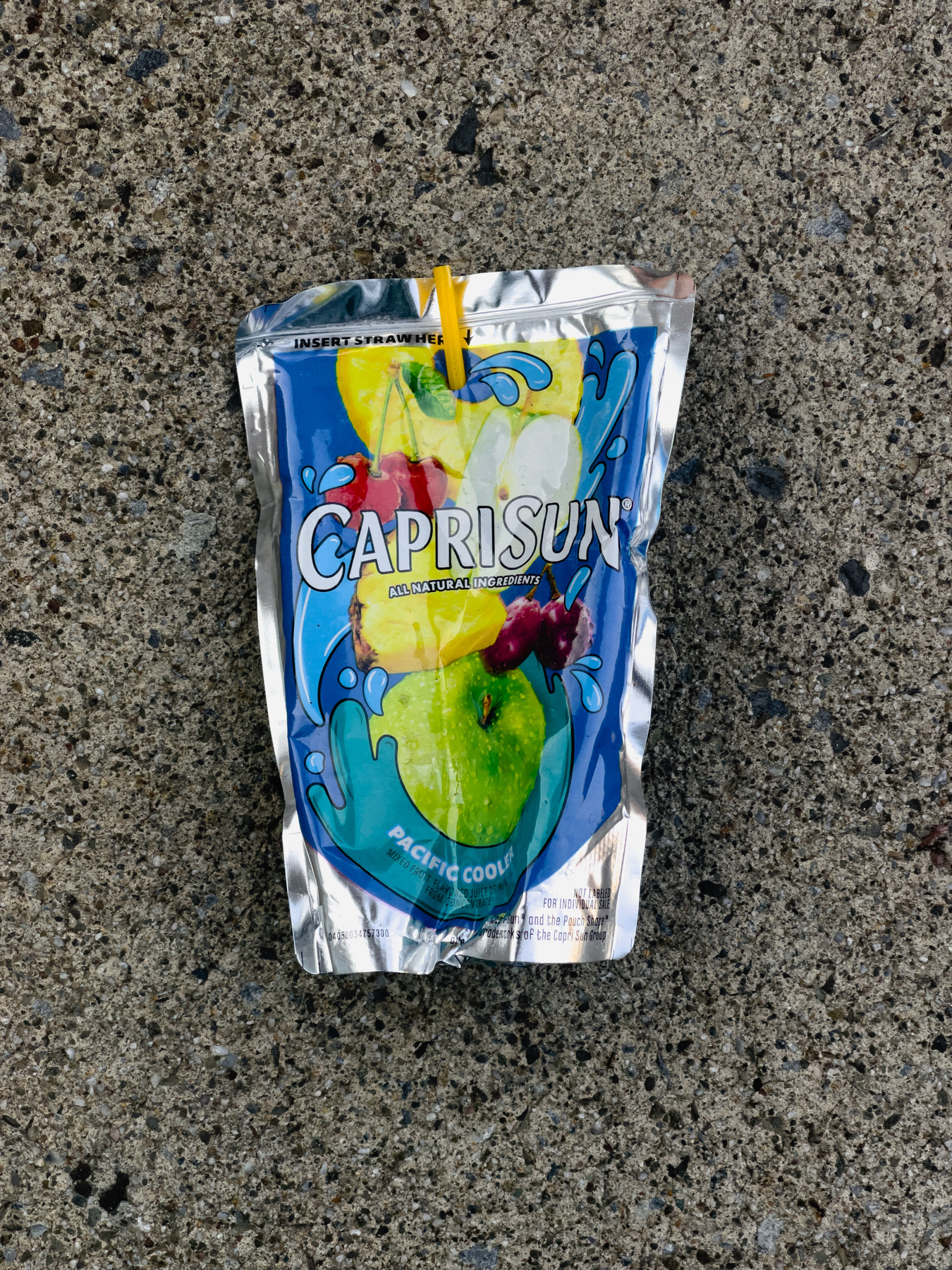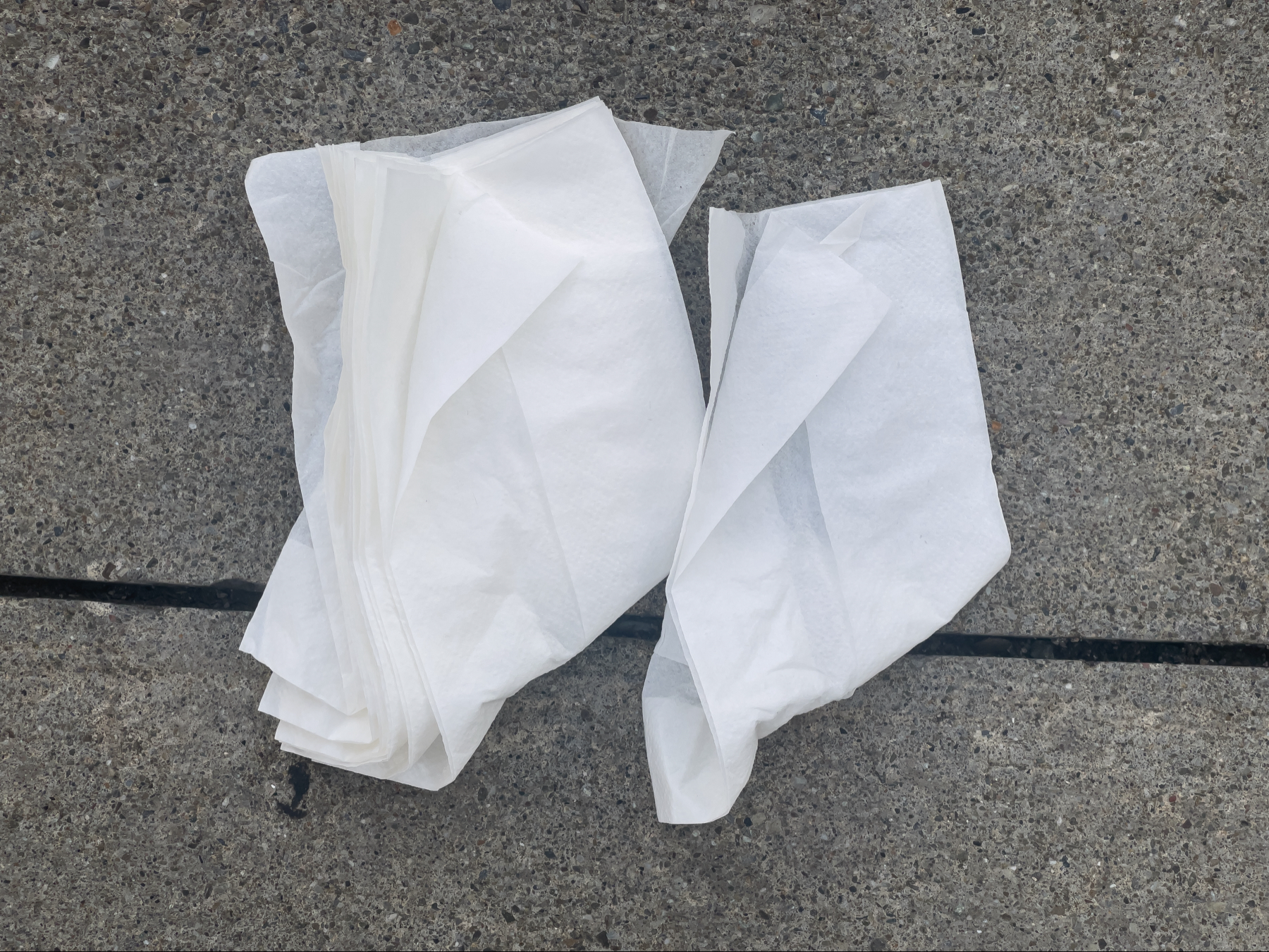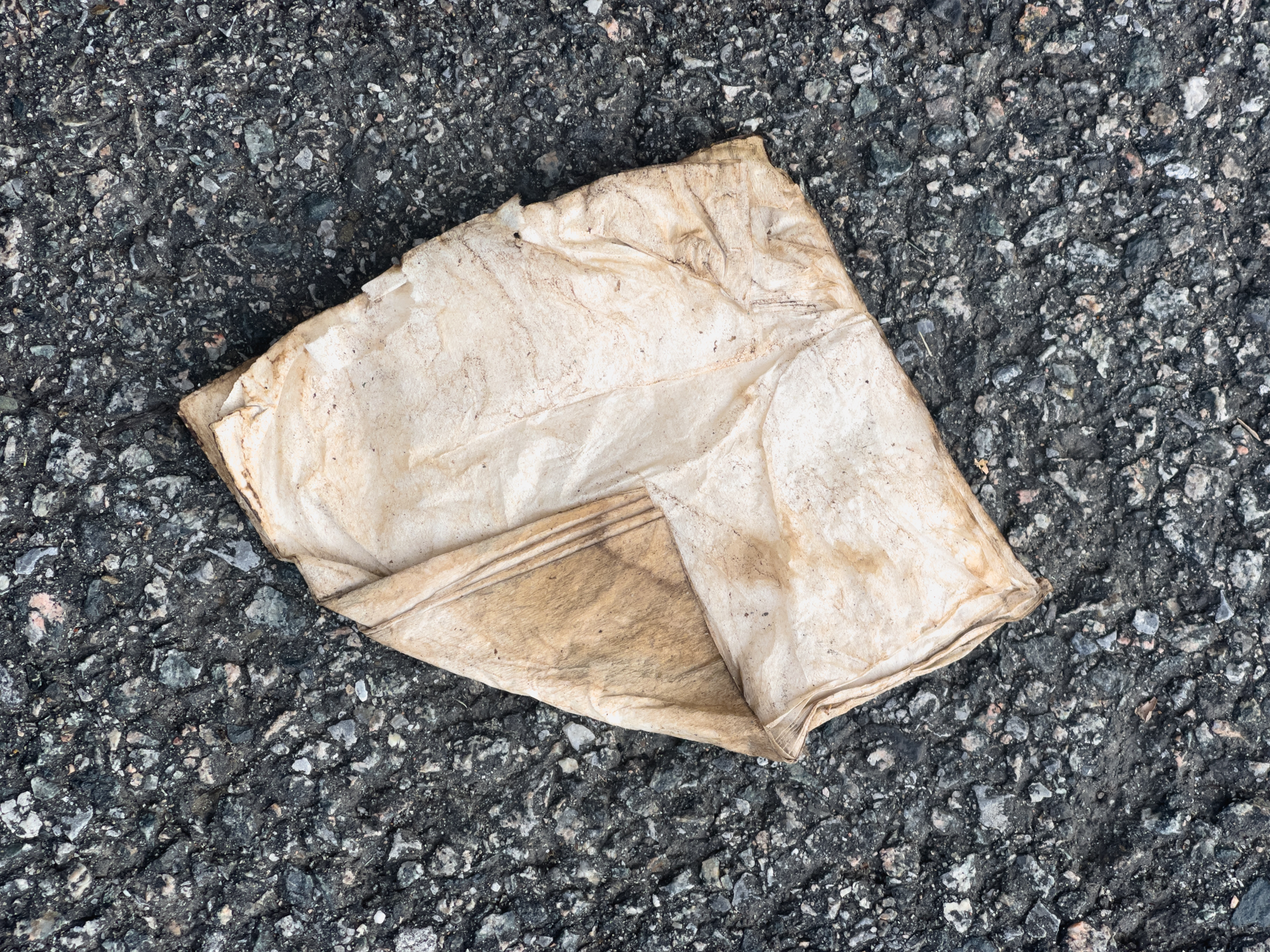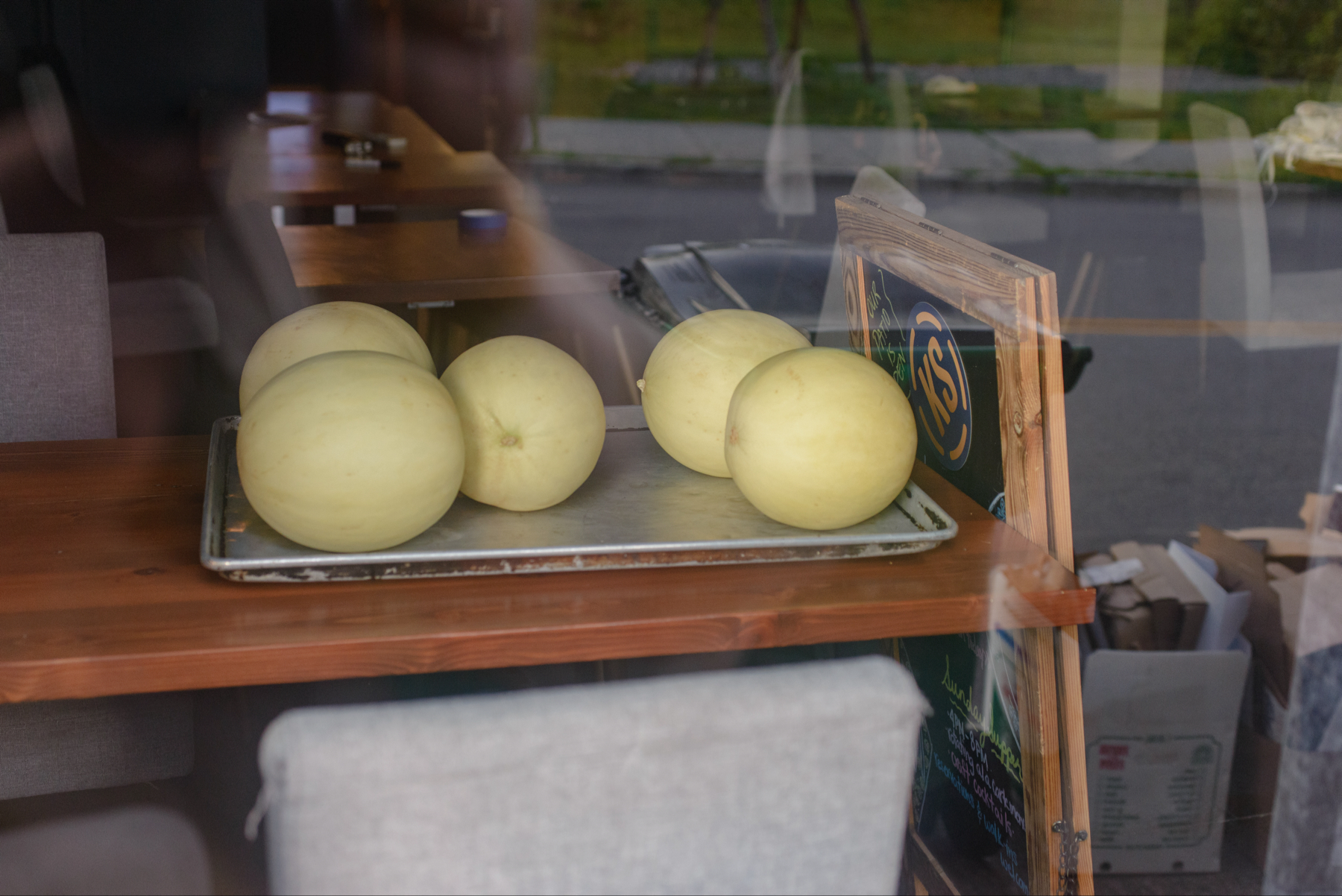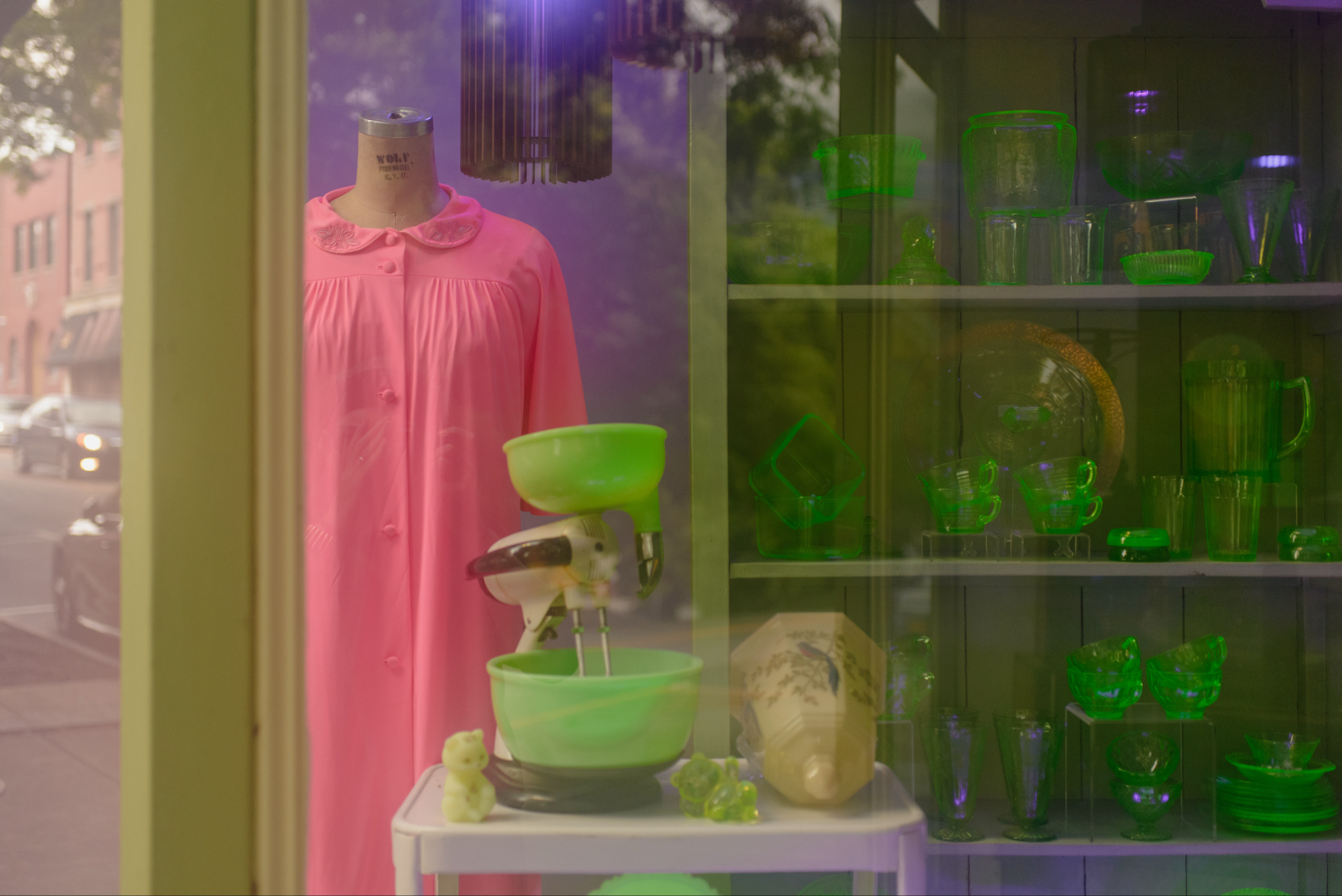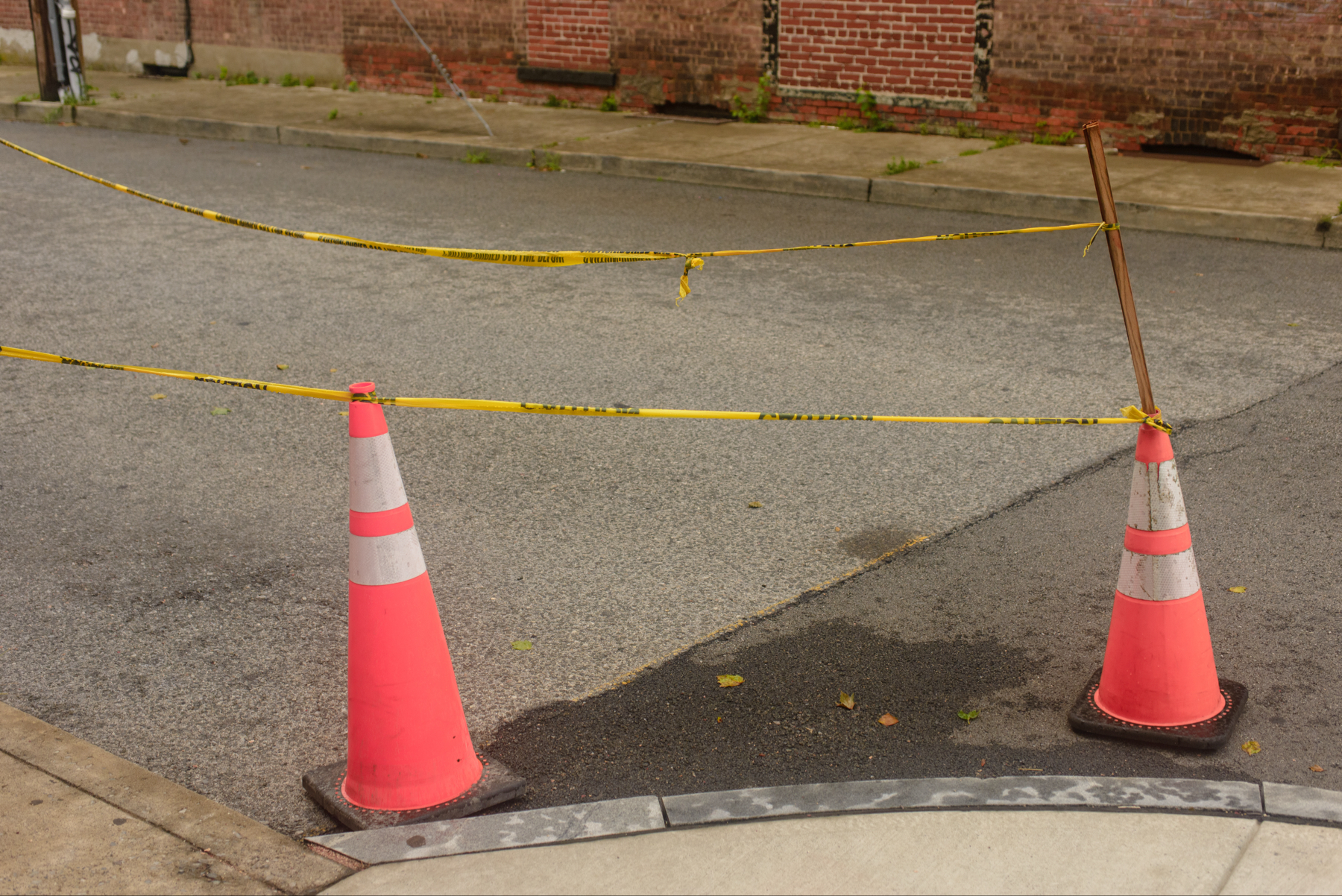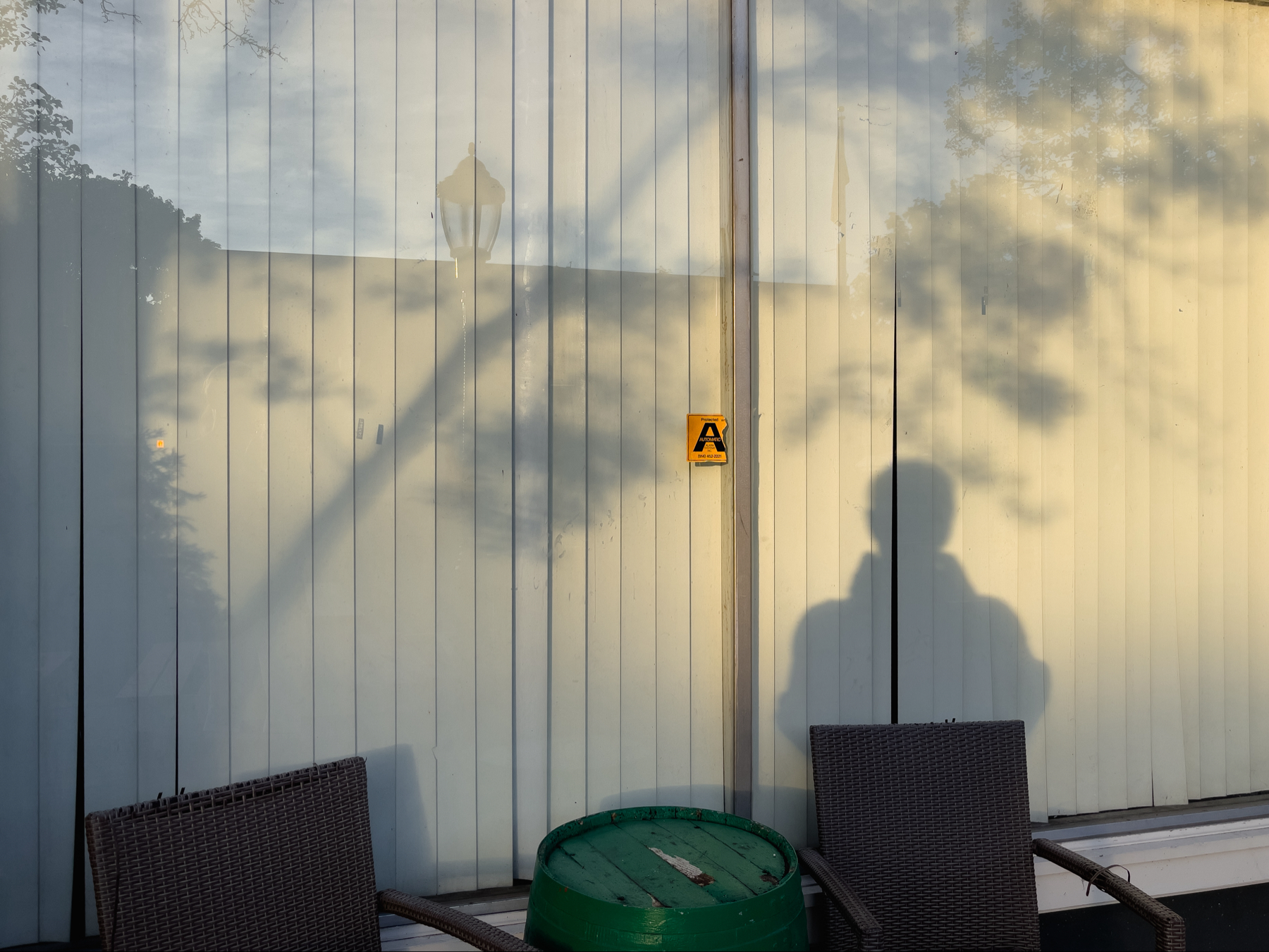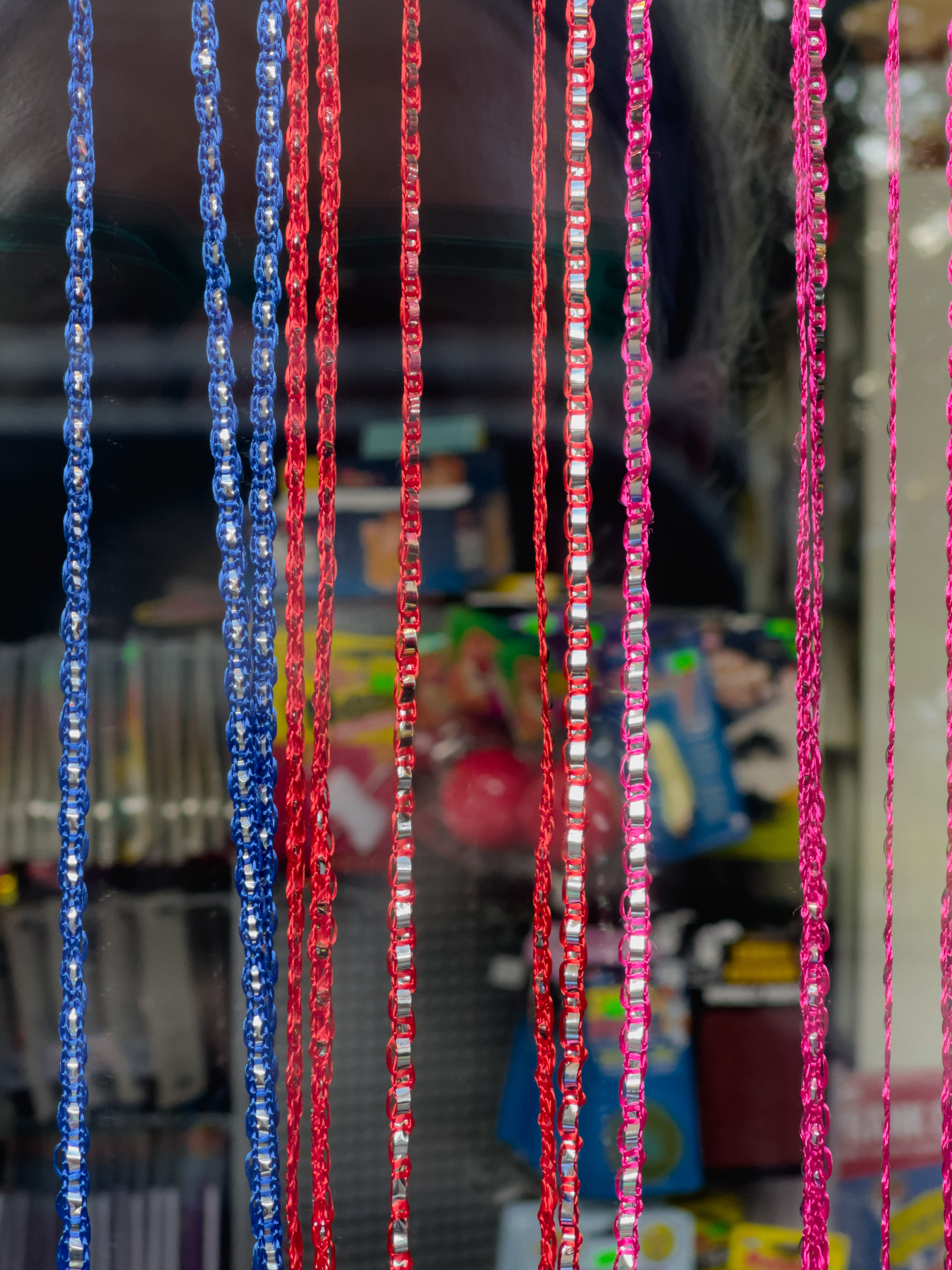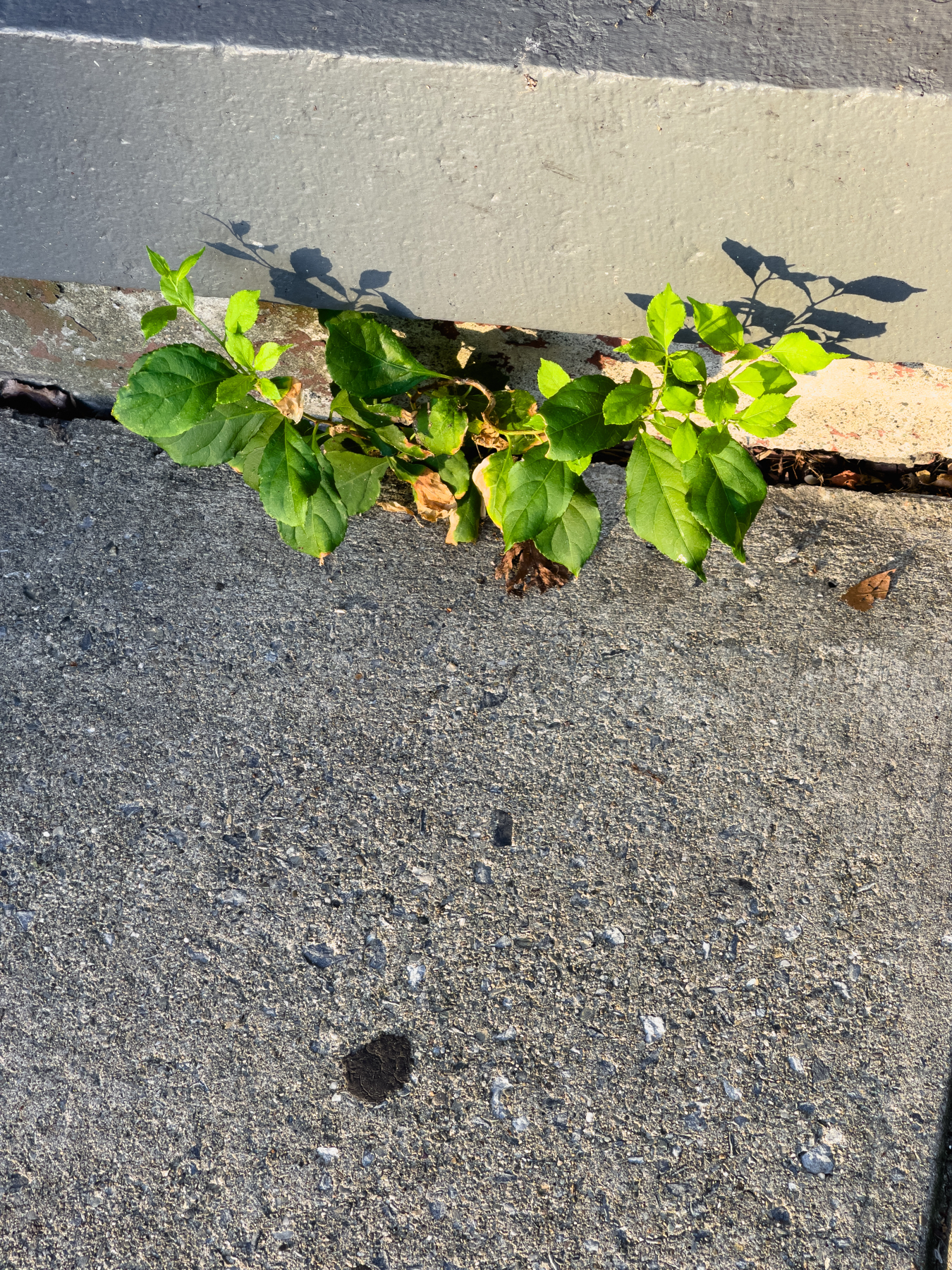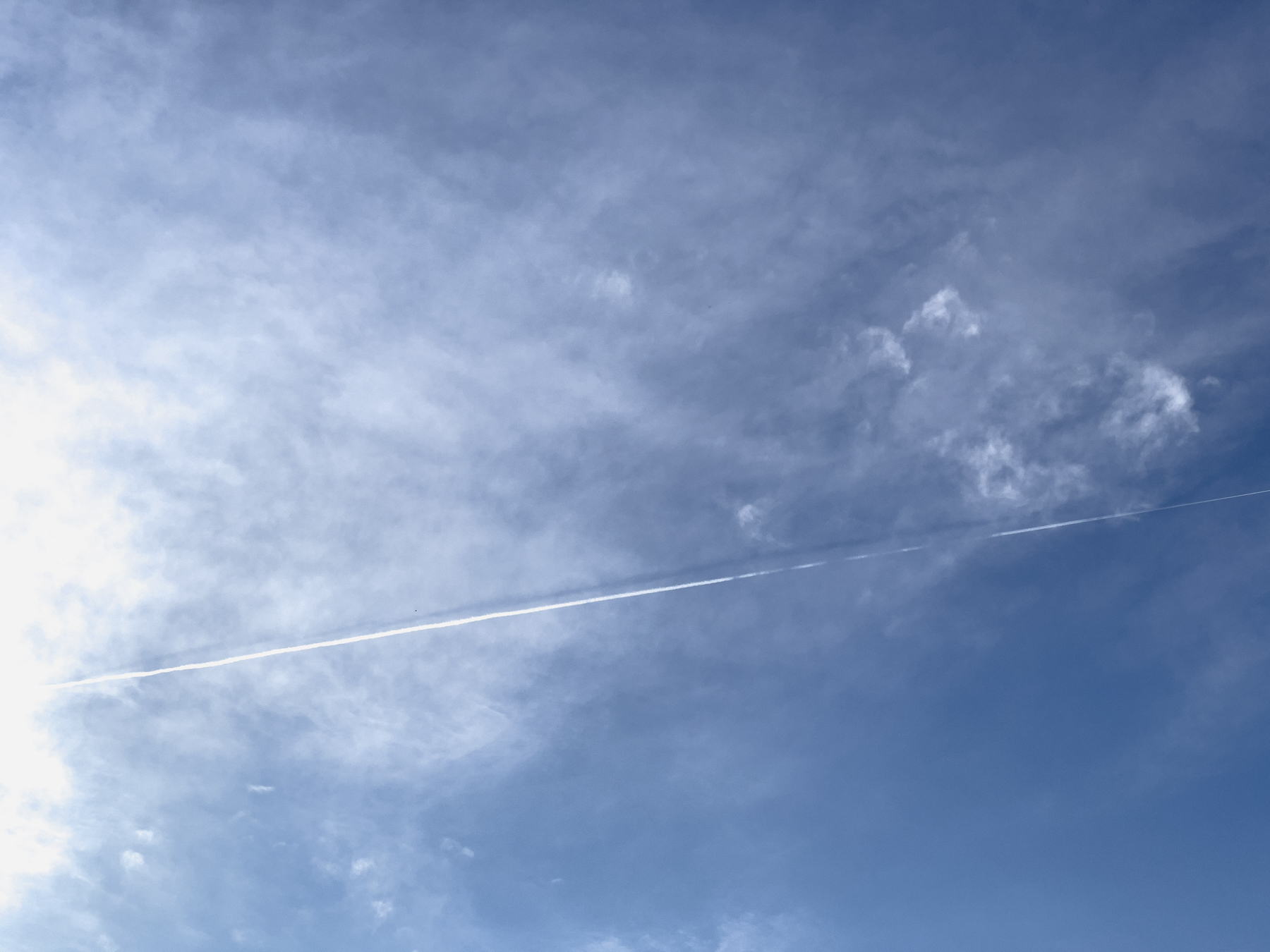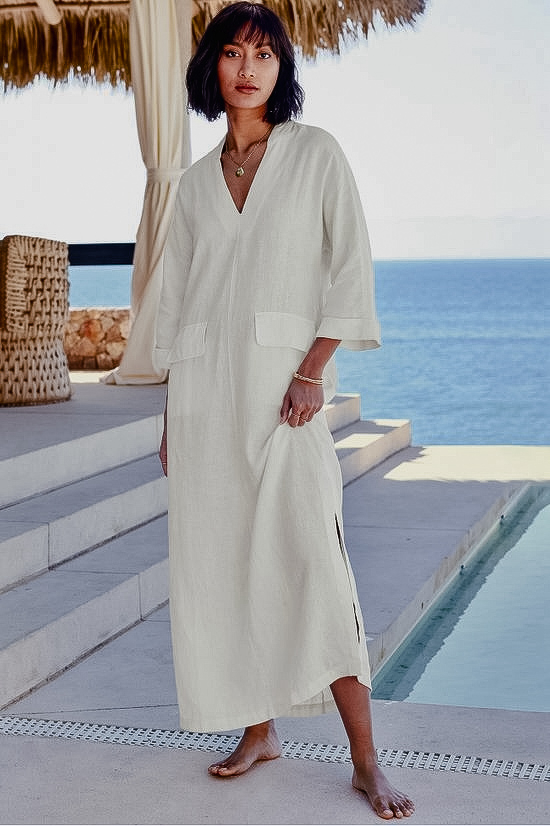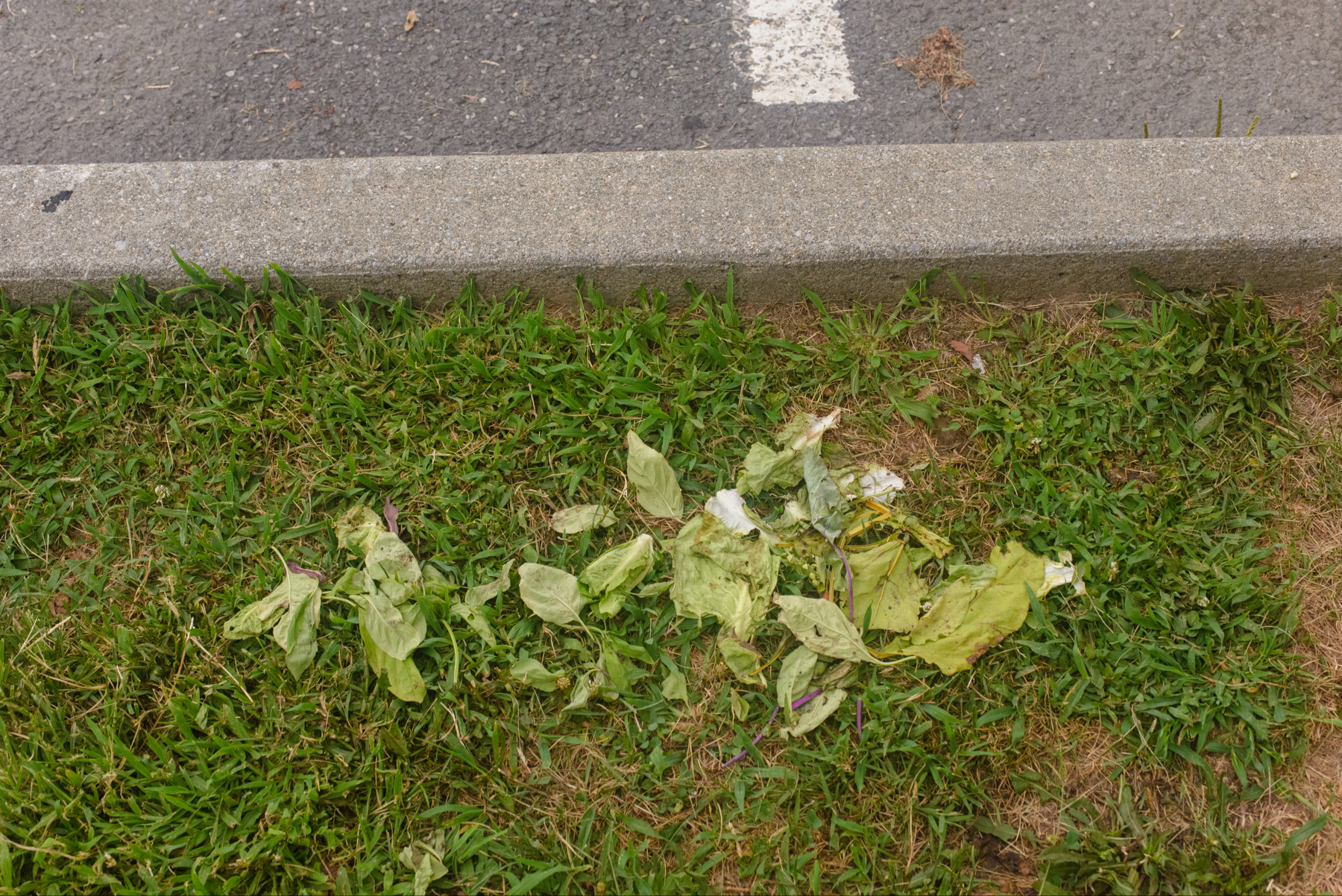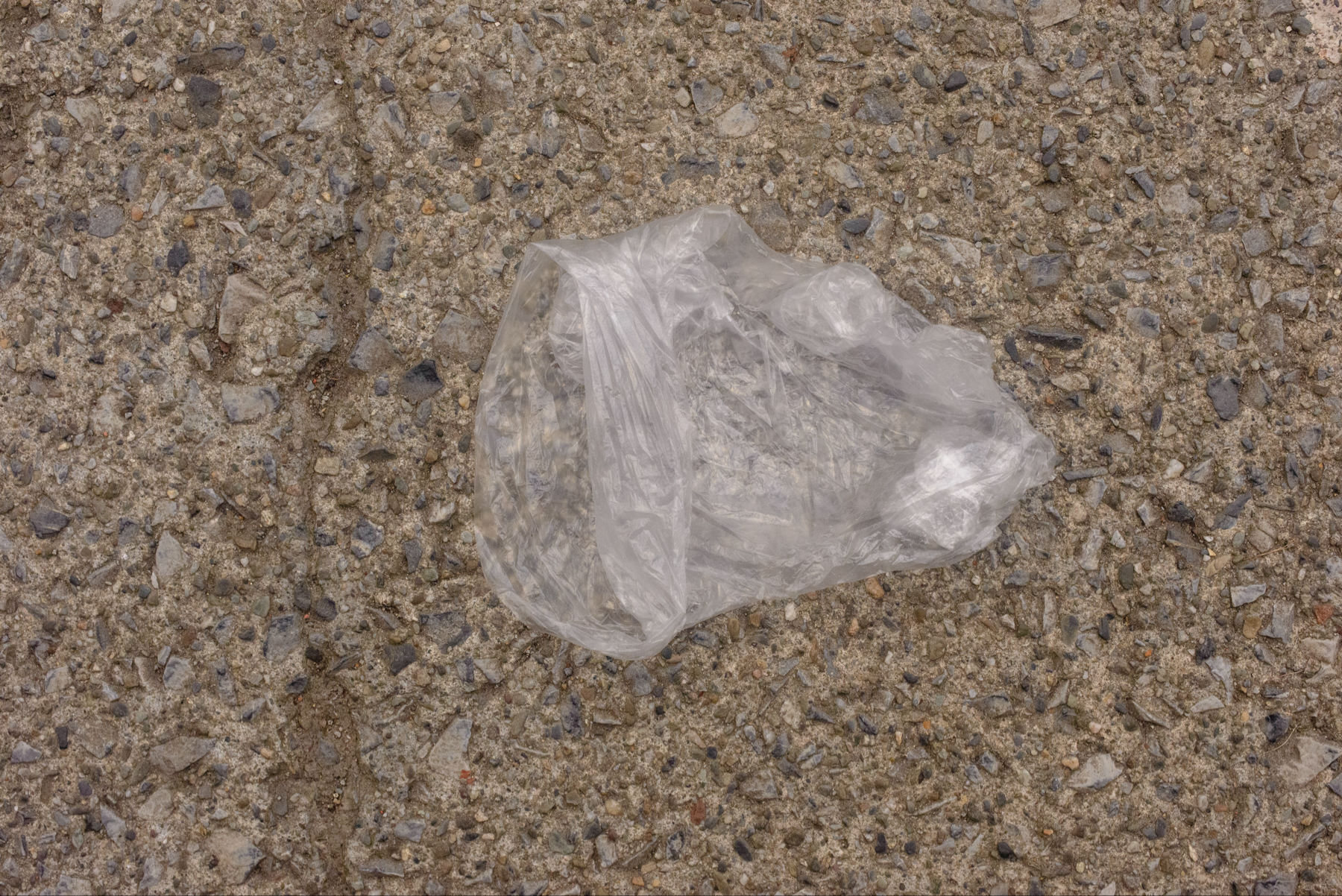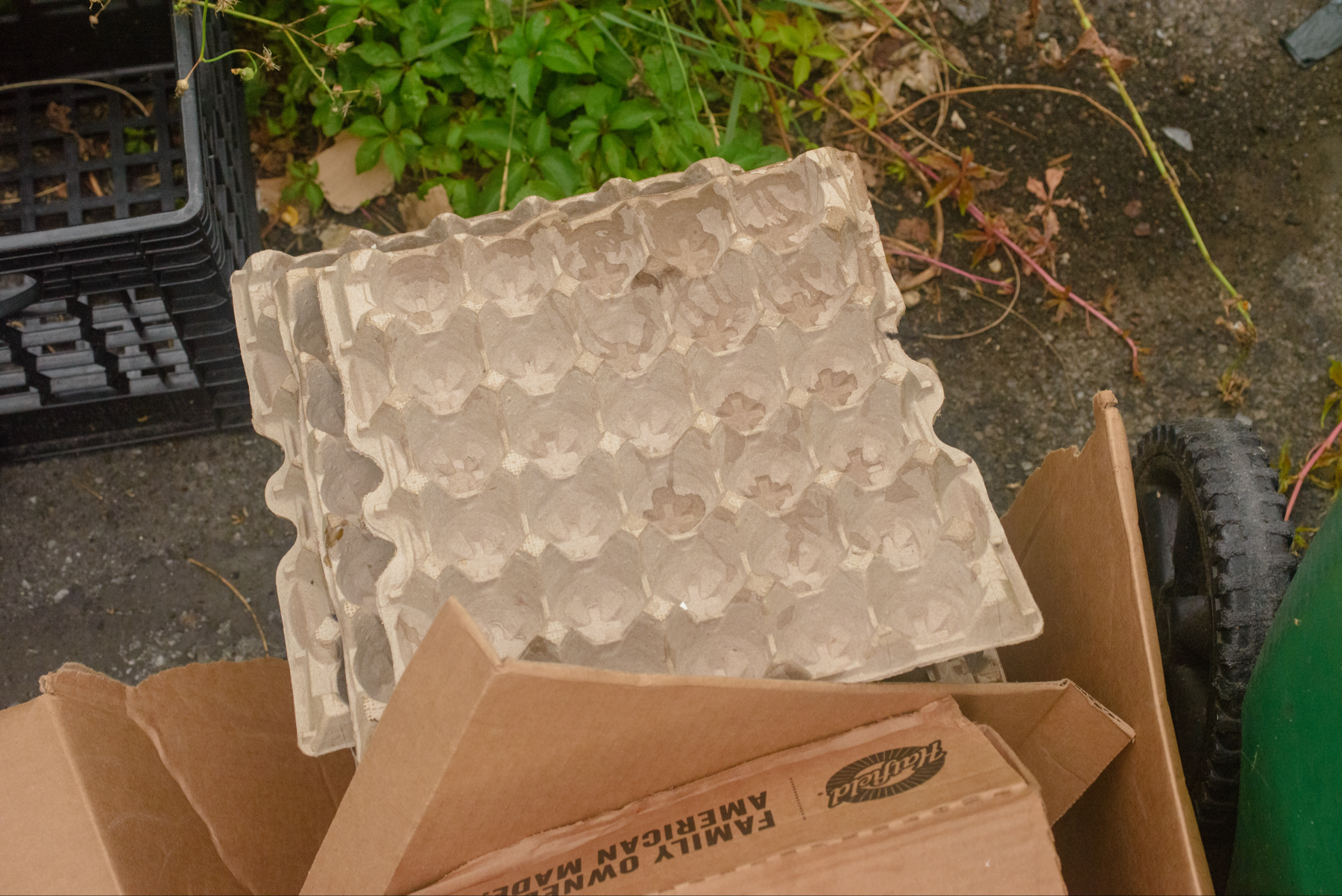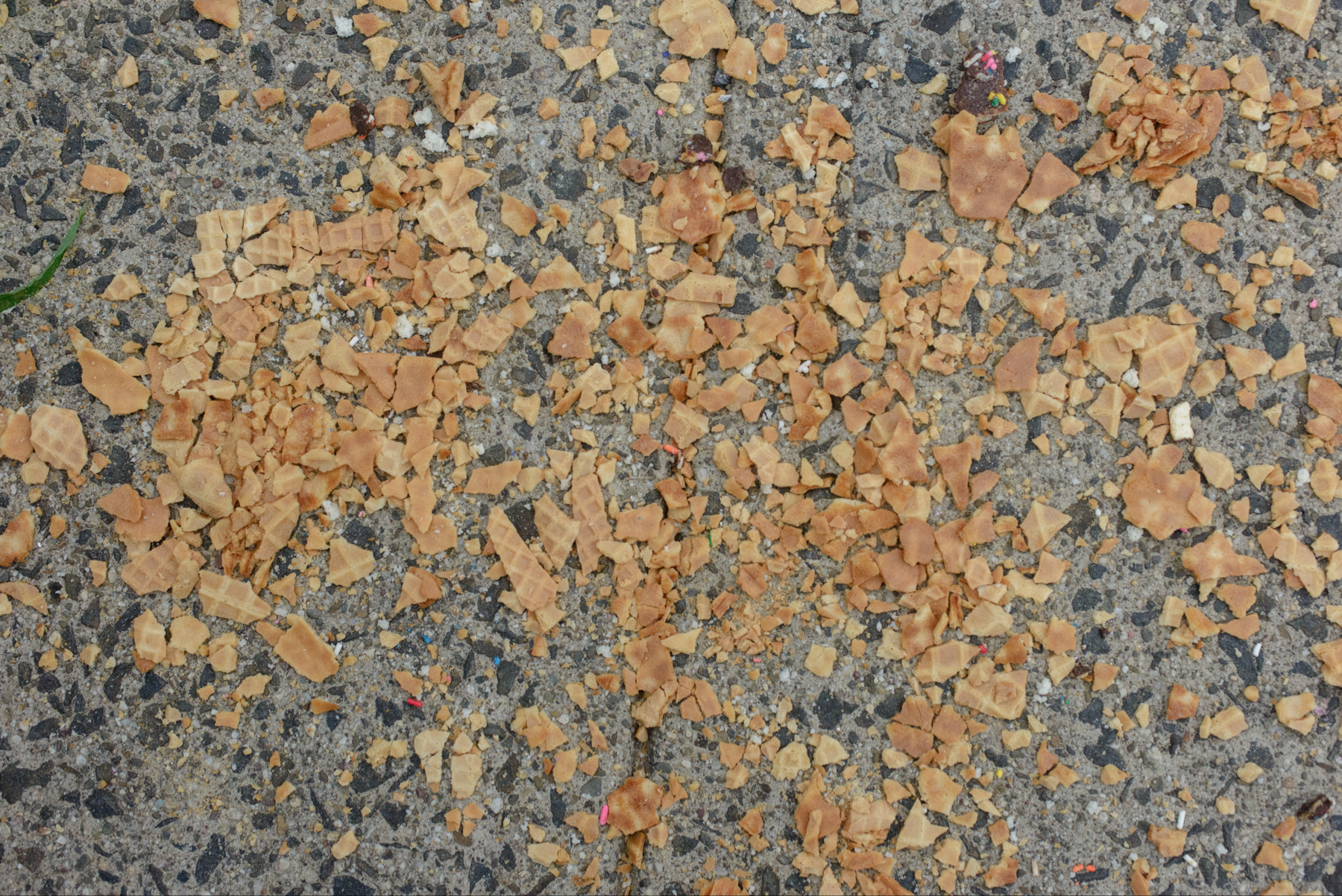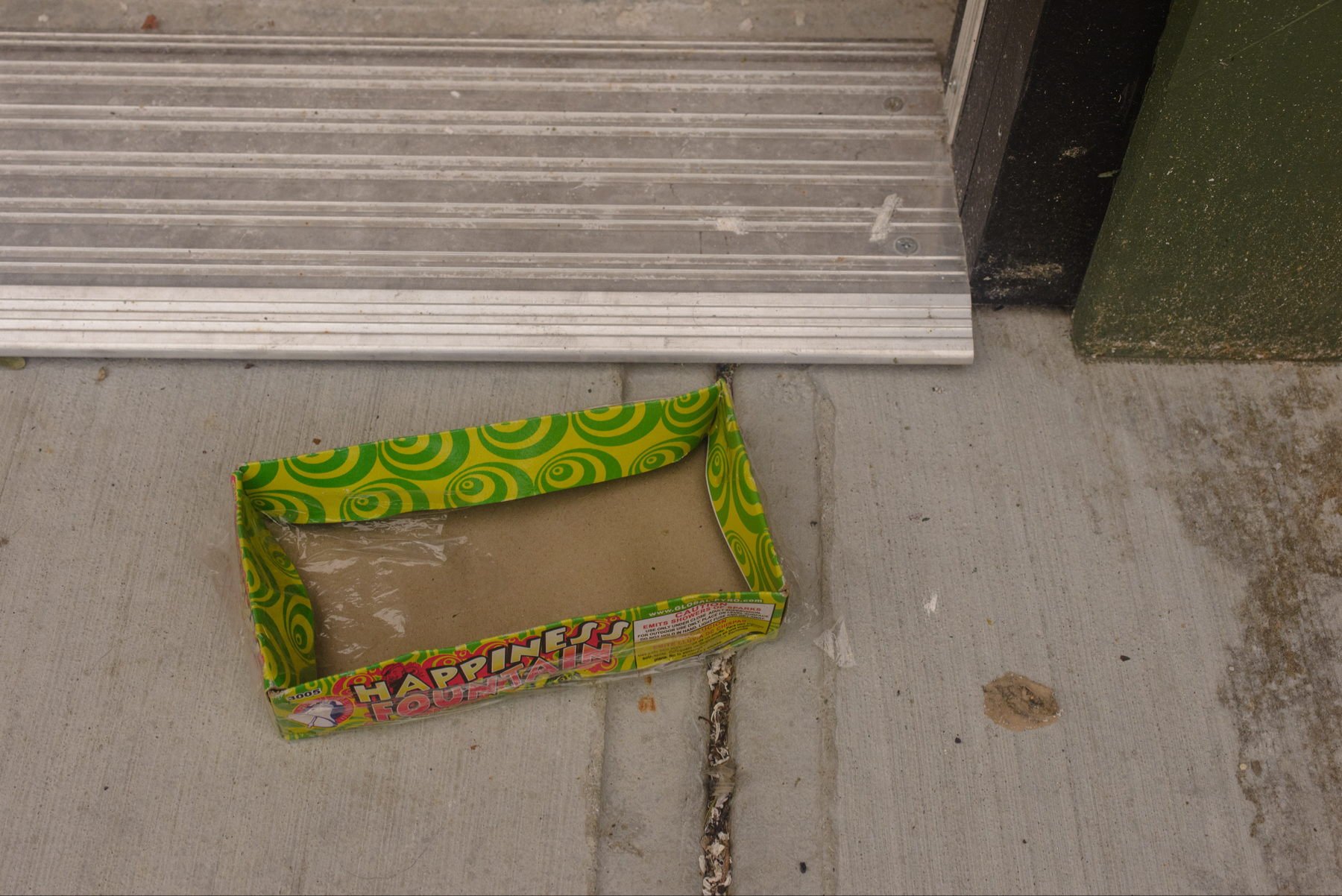Three patriarchal archetypes…
Sculpture by Lori Merhige
I am excited by Harris as the candidate. Fingers crossed the dems all fall in behind her. We don’t need a power struggle.
Knowing how to be solitary is central to the art of loving. (bell hooks, All About Love)
Men theorize about love, but women are more often love’s practitioners. Most men feel that they receive love and therefore know what it feels like to be loved; women often feel we are in a constant state of yearning, wanting love but not receiving it. (bell hooks, All About Love)
The wife likes SciFi, I love RomComs… enter Max and Molly, a SciFi RomCom!:)
… for all it may be a fiction, the machine model has persisted precisely because it has proved a very useful one. That is true enough. But that it can often prove useful does not mean it is true. (Iain McGilchrist, The Matter With Things)
… this is really about establishing the perimeter of a context in which the useful is true enough… it is when the context is extended that it becomes less and less useful…
Estrangement from the realm of the senses is a direct product of overindulgence, of acquiring too much. This is why living simply is a crucial part of healing. (bell hooks, All About Love)
More than ever before we, as a society, need to renew a commitment to truth telling. Such a commitment is difficult when lying is deemed more acceptable than telling the truth. (bell hooks, All About Love)
… yes, but we appear to be headed in the opposite direction…
I have this sickening feeling that the hubris of Joe Biden and Ruth Bader Ginsburg will combine to become the downfall of Democracy.
I don’t care who the dems nominate. But they need to decide and get focused. I will support whatever they decide to do. But please, decide and get on with it.
Man is unable to see himself entirely unrelated to mankind, neither is he able to see mankind unrelated to life, nor life unrelated to the universe. (Pierre Teilhard de Chardin, The Phenomenon of Man)
… marriage is not a noun; it’s a verb. It isn’t something you get; it’s something you do. It’s the way you love your partner every day. (Jeff Golden, Reclaiming the Sacred)
… walking is a mode of making the world as well as being in it. (Rebecca Solnit, Wanderlust)
… my wife is watching the Republican convention… she’s not a supporter… she just can’t look away… there is nothing i would learn from watching that could make me any more or less determined that 45 not become 47… watching it would just give me agita… off to the local coffee shop…
Judge Canon dismisses classified documents case… it just keeps getting worse and worse…
